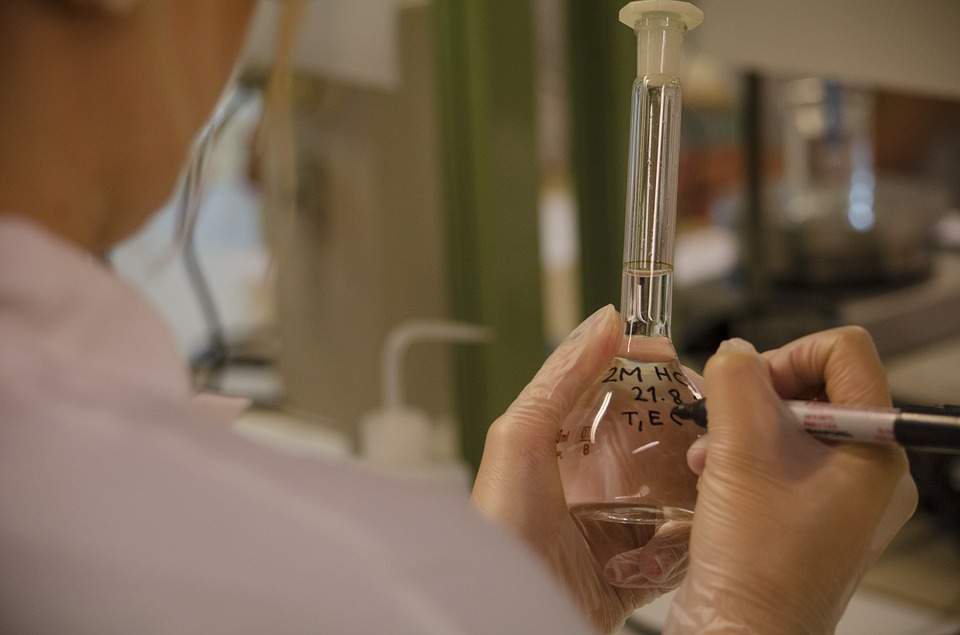
The Growth Of In Vitro Toxicology Testing In Response To Chemical Regulation Changes

Toxicology testing has been a requirement for decades, covered by national and international legislation around the world. Companies have a duty to ensure that the chemical substance they are using will have no adverse effects on human health, animal health, or the environment. Traditionally, these toxicity assays have been carried out using in vivo methods that require animal testing.
However, ethical and business pressures, along with legislative changes, have prompted a move toward animal-free testing options which will no doubt contribute to the growth of in vitro toxicology testing. These changes have no doubt been challenging but have also provided contract research organizations like Gentronix with the opportunity to showcase theirs in vitro services.
As detailed below, legislative changes mean that moving away from in vivo toxicology testing is no longer simply preferred over animal testing methods, but the new standard.
Registration, Evaluation, Authorisation, and Restriction of Chemicals
One of the key drivers behind the continued growth in toxicology testing has been the increase of chemical regulation, such as the introduction of Registration, Evaluation, Authorisation, and Restriction of Chemicals (REACH) in the European Union back in 2006. By regulating the use and production of chemical substances, REACH protects both the environment and humans from unsafe chemical substances.
Due to the wide-reaching nature of the regulation, it covers everything from day-to-day products such as cosmetics, clothing, and cleaning products all the way through to chemical substances used in industrial processes. This means that nearly every company operating in the EU has likely been affected by REACH since its introduction and invested in toxicology testing in order to remain compliant with the law. By placing the burden of proof on companies, REACH has no doubt substantially boosted the toxicology testing market as any business looking to manufacture and sell their goods in the EU must first demonstrate that the substances they use are safe and that any risks to users can be effectively managed.
Other Chemical Regulation Changes
Changes to the EU’s Cosmetics Directive have also necessitated a change in toxicity testing, particularly animal-free methods that have led to companies moving away from in vivo testing and instead focusing on the use of in vitro and in chemico models.
Closer to home, the HSE’s Chemicals Regulations Division, which still refers to European guidance for the time being, further reiterates the requirement for companies to move away from testing on vertebrate animals unless absolutely necessary, in accordance with Regulation (EC) No 1107/2009.
The Challenge of Replacing In Vivo with In Vitro Testing
Assays relating to skin sensitization are a particularly important area of toxicology testing and have been one of the most challenging to adapt from in vivo to in vitro models, to facilitate the move away from animal testing methods while still complying with current regulations and test guidelines. Due to ethical and political reasons, there is widespread demand to move away from the traditional models such as the Local Lymph Node Assay (LLNA), Buehler Test, and the Guinea Pig Maximisation Test (GMPT). With six in vitro methods – all of which concern themselves with the first three events of skin sensitization – now fully validated and formatted into the internationally recognized OECD Test Guidelines, skin sensitization assays will no doubt further boost the in vitro toxicology testing market.
















